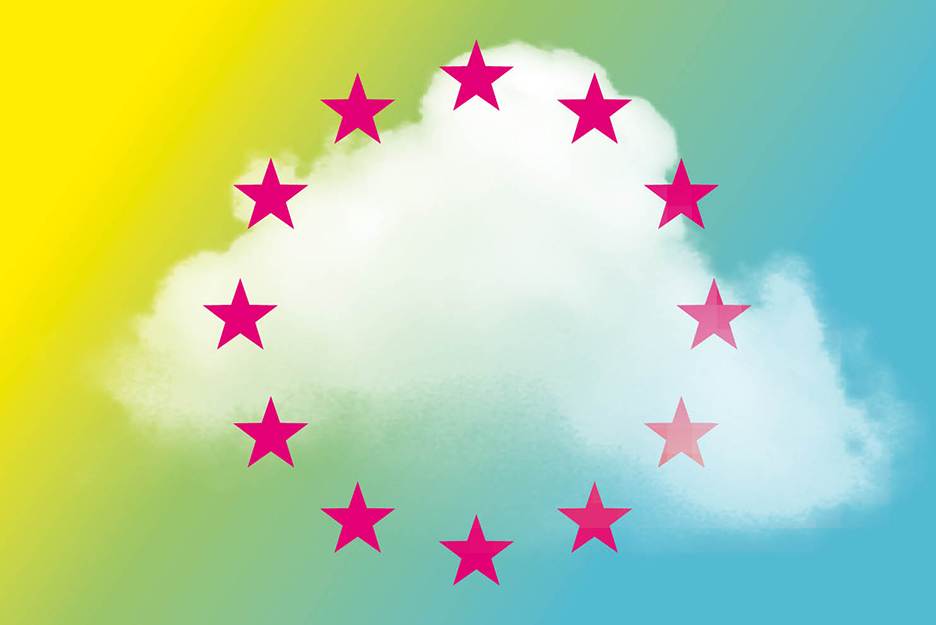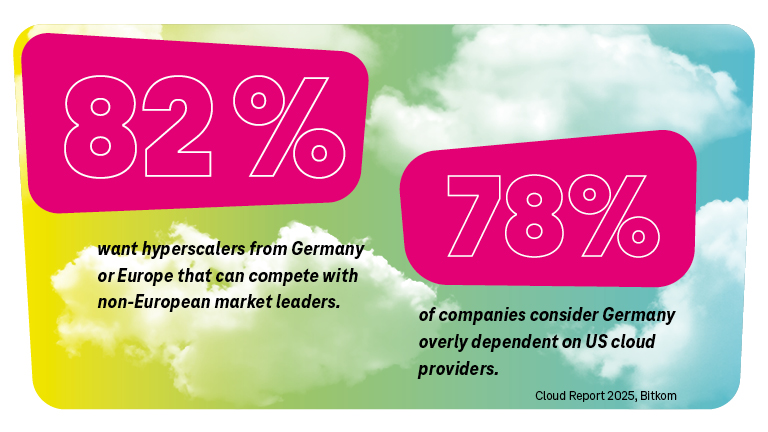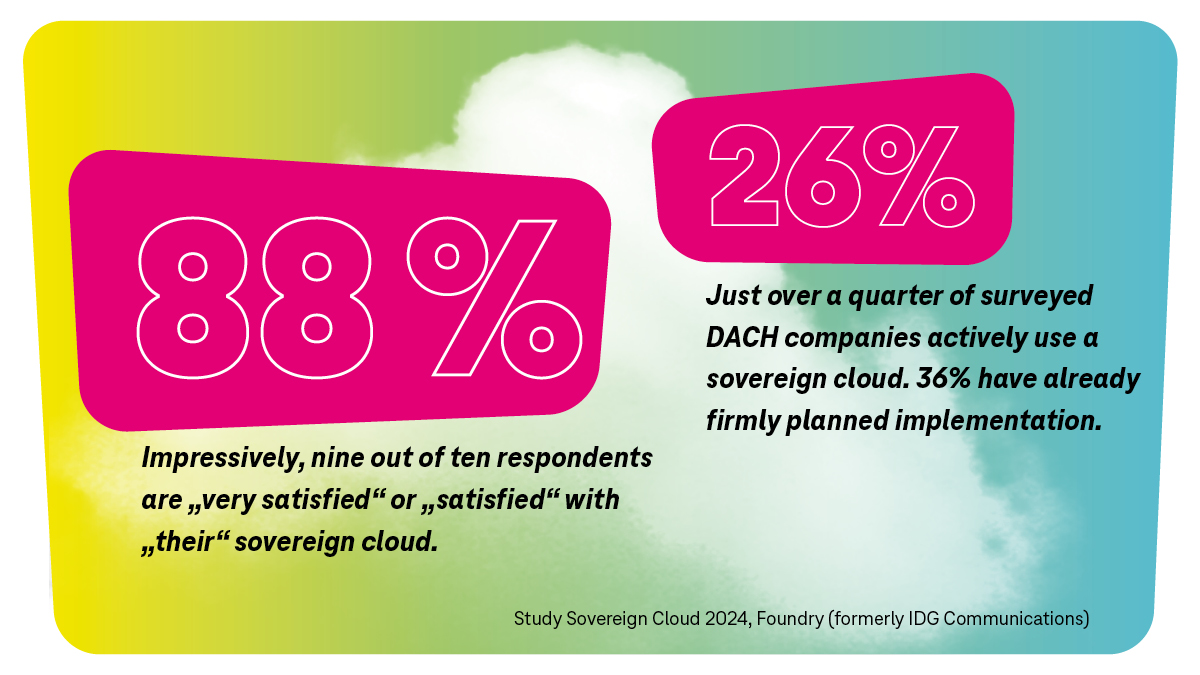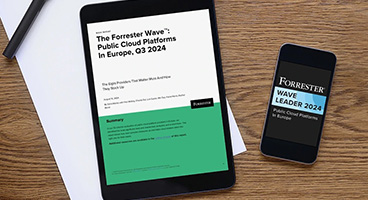In this article, you will read
- why control over European data is at risk,
- which legal gray areas exist with non-European clouds,
- and how the Open Telekom Cloud strengthens digital sovereignty in Europe.
What if a short phone call were all it took for U.S. authorities to access sensitive business information and personal data — even if the data is stored in Europe? This isn’t a hypothetical scenario; it’s something that is already possible today.






